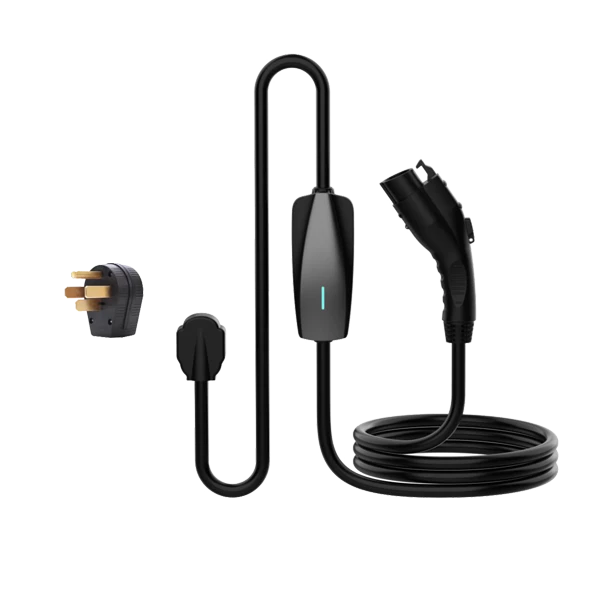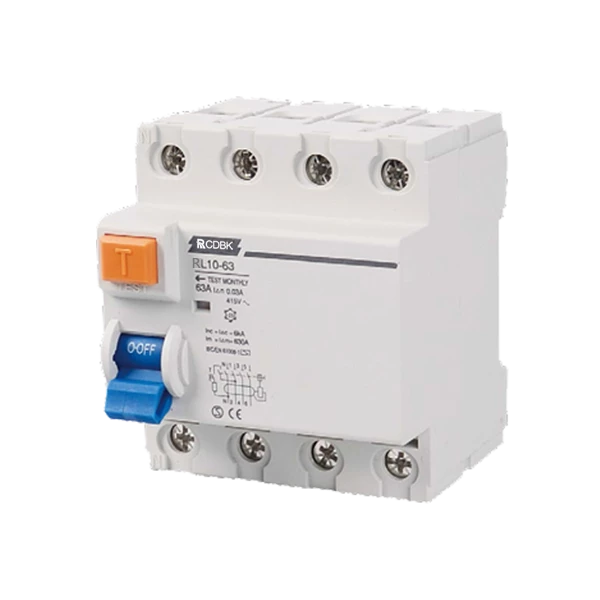Residual Current Devices (RCD): Understanding their Workings, Tripping Scenarios, and Safety Guidelines
Introduction of what does an rcd do:
In the realm of electrical safety, Residual Current Devices (RCDs) stand as formidable guardians, shielding us from potential electrical hazards. This comprehensive guide aims to let you know how does a residual current device work? why does rcd trip? explore the various scenarios that lead to RCD tripping, and provide valuable safety recommendations to ensure secure rcd electrical usage.
How does an RCD work
How Does an RCD Work? RCD functions as vigilant sentinels, continuously monitoring the flow of current in live conductors within a circuit. Their mechanism involves coils of wire meticulously wound around a ferrite toroid core, with each live conductor protected by a dedicated assembly. When an imbalance between live conductors occurs due to an earth leakage current, the RCD’s trip coil induces a voltage that promptly disconnects the electrical supply to the protected circuit. Then test button pops up. This swift response safeguards us from potential electric shocks and fires caused by faulty equipment or insulation breakdowns.

How does rcd test button work
Meanwhile,the test button, as visible in the image, plays a crucial role in ensuring the functionality of the RCD. By pressing the test button, the RCD simulates an imbalance or rcd fault to check if it responds correctly. If the RCD functions as intended, it indicates that the device is in proper working condition.Therefore, it is necessary to press the test button every month.
What causes an rcd to trip:
(a) Faulty Appliances:
One common scenario leading to RCD tripping is the presence of faulty appliances. When an appliance within the circuit develops an internal fault, such as a ground fault or insulation failure, it may divert current to earth, causing an imbalance. The RCD senses this abnormal current flow and triggers a disconnection to prevent potential electrical hazards.
(b) Moisture Ingress:
Moisture can seep into electrical installations, especially in damp or wet environments, leading to an increase in earth leakage current. This scenario often occurs in outdoor installations or locations with high humidity. RCDs promptly detect the rise in leakage current and promptly trip, interrupting the power supply to avoid electrical mishaps.
(c) Insulation Breakdown:
Over time, insulation in electrical equipment and wiring may degrade, leading to insulation breakdown. When insulation breaks down, electrical leakage currents can occur, causing an imbalance that triggers the RCD to disconnect the circuit for safety purposes. On the other hand, it may cause rcd keeps tripping.
(d) Residual DC Fault Current:
Certain equipment, such as variable-speed drives and LED lighting, can generate DC residual fault currents during normal operation or fault conditions. These DC fault currents may blind or reduce the sensitivity of RCDs, leading to unintended tripping or compromised protection. Proper selection of the appropriate RCD type is essential in such scenarios.
How to safely use electrical installations:
(a) Regular Inspection and Maintenance:
Periodic inspection and maintenance of electrical installations and equipment are crucial to ensure their proper functioning and prevent potential issues that may lead to RCD tripping. Engaging a qualified electrician for regular check-ups can help identify and address any emerging problems promptly.
(b) Avoid Overloading Circuits:
Overloading circuits with excessive electrical load can lead to overheating and potential electrical hazards. Distribute the electrical load evenly among circuits and use multiple circuits when necessary.
(c) Use Quality and Certified Electrical Appliances:
Invest in high-quality, certified electrical appliances that adhere to safety standards. Certified appliances are less likely to develop faults and contribute to
(d) Protect Outdoor Installations:
Outdoor electrical installations should be properly protected from moisture and harsh weather conditions to prevent RCD tripping due to moisture ingress.
(e) Select the Appropriate RCD Type:
As mentioned earlier, selecting the correct RCD type based on the connected equipment is vital for optimal protection. Consult with experts and manufacturers to ensure you choose the most suitable RCD type for your specific application.
(f) Regular RCD Testing:
Regularly test the functionality of RCDs using the test button provided. This simple test ensures that the RCDs are in good working condition and can promptly respond in case of an electrical fault.

